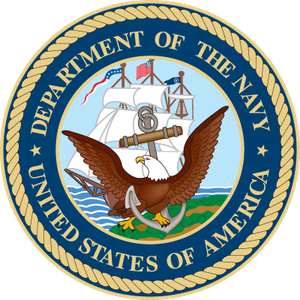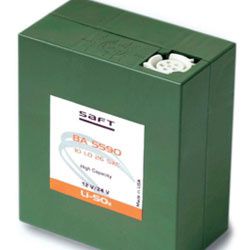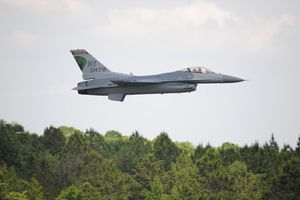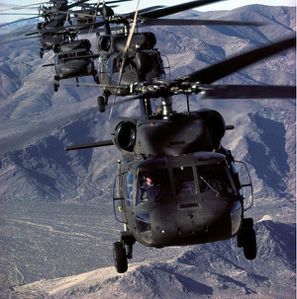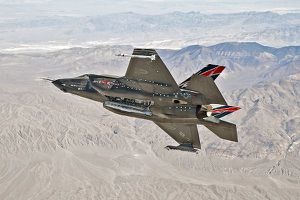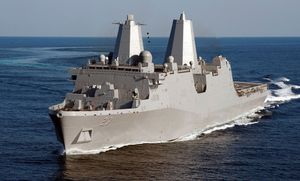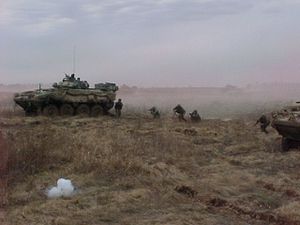November 22, 2012: Strategy Page
American nuclear aircraft carriers are expensive to operate. It’s not just the food and other supplies for the 5,600 people on board, or all the spare parts and fuel for the aircraft. A major expense is the periodic upgrades and refurbishments. For example, the USS Theodore Roosevelt (CVN 71) will complete its mid-life refurbishment and refueling early next year. This RCOH (Refueling and Complex Overhaul) took over three years and cost $3.2 billion. The RCOH requires that the ship be partially dismantled so that the spent nuclear fuel can be replaced. This takes a little longer than your usual DPIA (Dry-docking Planned Incremental Availabilities) and usually costs a billion dollars or more. The Roosevelt RCOH was so expensive because the four screws (underwater propellers that move the ship) were replaced as was much of the “island” (that tall structure on the side of the flight deck.) There were upgrades to living quarters, electronics and the usual replacement of worn out electrical and mechanical components. The ship is repainted inside and out and returning sailors feel like they are entering a new ship, not one that has already seen over two decades of hard use.
The Roosevelt entered service in 1986, and has averaged some 500 aircraft take offs a month since then. In practical terms, the average is closer to 900 a month (about 30 a day) when deployed, because the carrier spends nearly half its time in port or going through periodic overhauls. During intense combat operations, there can be nearly a hundred catapult launches a day. The carrier has four steam powered catapults.
There is a lot of shipyard maintenance involved with CVNs, enough to keep these carriers unavailable for over 20 percent of their career. Over its fifty years of service, each Nimitz class carrier has 17 planned trips back to the ship yard. There are twelve Planned Incremental Availability (or PIA) operations in which new gear is installed, worn or damaged stuff is replaced and any heavy duty work needed, is completed. Duration of a PIA varies with the amount of work to be done, but it can take several months, or a year or more. Even more lengthily are the four DPIA operations, which are more extensive PIAs that include putting the ship into dry dock. These efforts can last a year or two. Then there is the one RCOH. The cost of all these visits to the shipyard cost more than the initial construction of the carrier.
That cost is one reason the U.S. Navy disbanded one of its ten Carrier Strike Groups (CSGs) last year, leaving only nine of them for the eleven aircraft carriers in service. CSGs contain 7,500 people, 75 warplanes and for surface warships, a nuclear sub and several supply ships. When a carrier is out-of-action the CSG really has nothing to do. Disbanding one is a money saving measure, because nuclear powered aircraft (CVN) carriers spend so much of their time out-of-service having maintenance done. Thus only 8-9 CSGs are needed at any one time.
A carrier strike force is actually a complex organization. There is the CVN and its crew, and the CAW (Carrier Air Wing), which includes all the aircraft, pilots and support personnel. The CAWs do not stay with the same CVN, but move around. When a CVN goes in for maintenance, its CAW will move ashore and then to another carrier (usually one coming out of dry dock). Also part of a SCG are the escort ships (usually a destroyer squadron of 2-4 destroyers, cruisers or frigates) and one or two SSNs (nuclear attack subs). There are also one or two supply ships (carrying spare parts and maintenance personnel for all ships, as well as fuel for the escort ships.)
Until a few years ago, the U.S. had twelve carriers, but new ones are not being built quickly enough to replace the older ones that must retire (because of old age). Soon there will only be nine CVNs, and there will be cost cutting pressure to disband another SCG.








